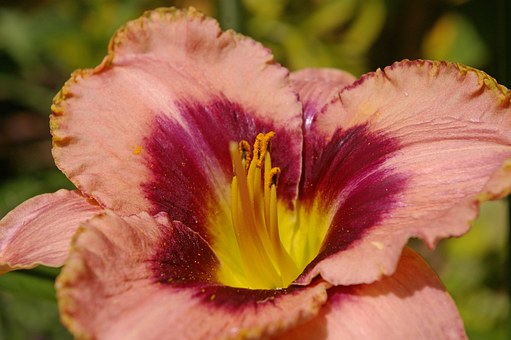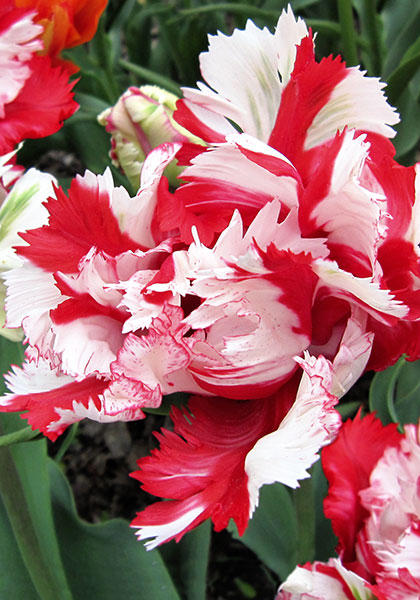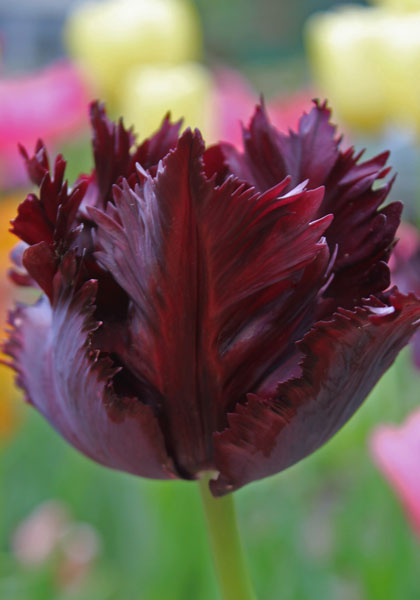This post was written by our Plant Wrangler, Collin Lloyd.

Now that temperatures are creeping close to freezing, it may not seem like the best time to get out in the garden, but in order to ensure the best blooms in the spring, it’s time to get some things in the ground. First, it’s important to get the bottom line on bulbs. For those of us who are used to dealing with seeds, folks who find houseplants more their speed or even self-proclaimed “black thumbs,” bulbs may seem intimidating, but there are plenty of advantages to planting them.

The first thing that comes to mind when you think of bulbs is probably the look and smell of the flowers that come out of them. Tulips, daffodils, irises and crocuses are some of the most popular and colorful signs of spring and they all come from bulbs. Bees are attracted to those brilliant blues and popping purples, so if you add a few of those, your garden will be a prime spot for bees waking up from hibernation to get their food. By helping pollinators get the food they need, you help us get the food we need too!

The proper way to plant bulbs requires a few simple steps that can vary from variety to variety, but after planting, the flowers require minimal work. The bottom line on bulbs when it comes to planting is: do it right at the outset (we’ll provide you instructions), then sit back and enjoy. Nature gives them what they need to thrive and they’re designed to store energy, so the same seeds can produce plants for years. This ease of care makes bulbs popular with people who may not typically be into the idea of planting. In addition to the ground, they can also grow in pots and containers.
The bottom line on bulbs when it comes to selection simply involves a trip to your Co-op. The centerpiece of our current selection are some heirloom varieties of ornamental flowers. These have been bred on a small scale through traditional selective breeding, which makes them more unique and more able to endure certain weather than those that are commercially available. Some of the breeds date back to the 1700s and some come directly from Holland! We’ve only selected varieties that work well in central Kentucky’s planting zone, so picking out your plants will be a breeze! Each variety will include instructions on planting location and depth.

Tulips, irises, lilies, crocuses and more will be available. We will have several varieties of each. Modern daffodils are lovely, but the heirloom varieties have many more colors than the standard yellow, some even with scents. Love the wild tiger lily? We will have a variety from the 1870s with double the petals. Have you ever wanted a black flower? The Black Parrot (1937) tulip has been featured on the cover of Martha Stewart Living magazine. We will also have fringed tulips such as the Estella Rijnveld Tulip (1954), so there will be something for everyone!
If you have any questions about picking out, planting or pruning your bulbs, you can email me at collinl@goodfoods.coop or stop by the Co-op and see me!
